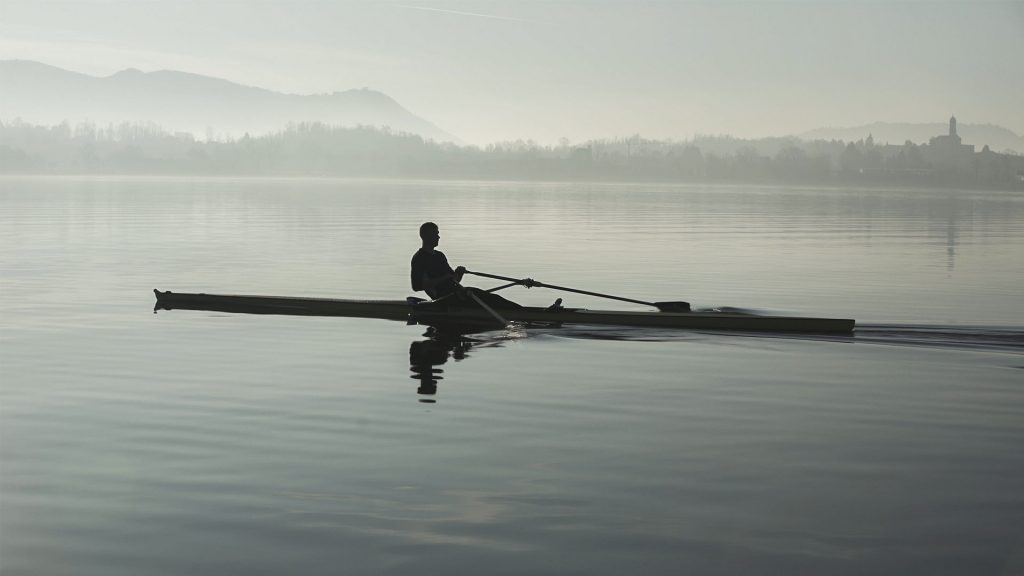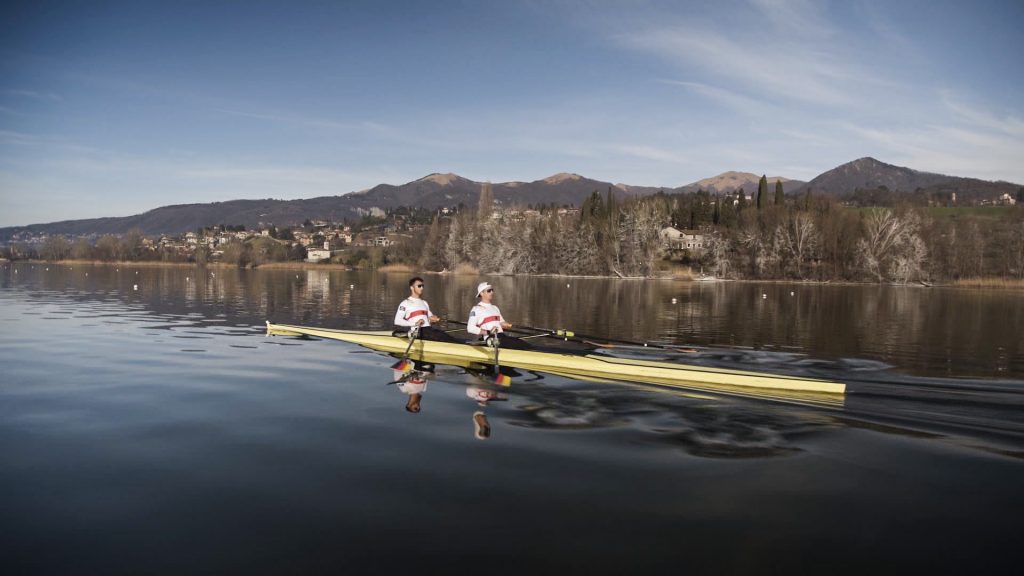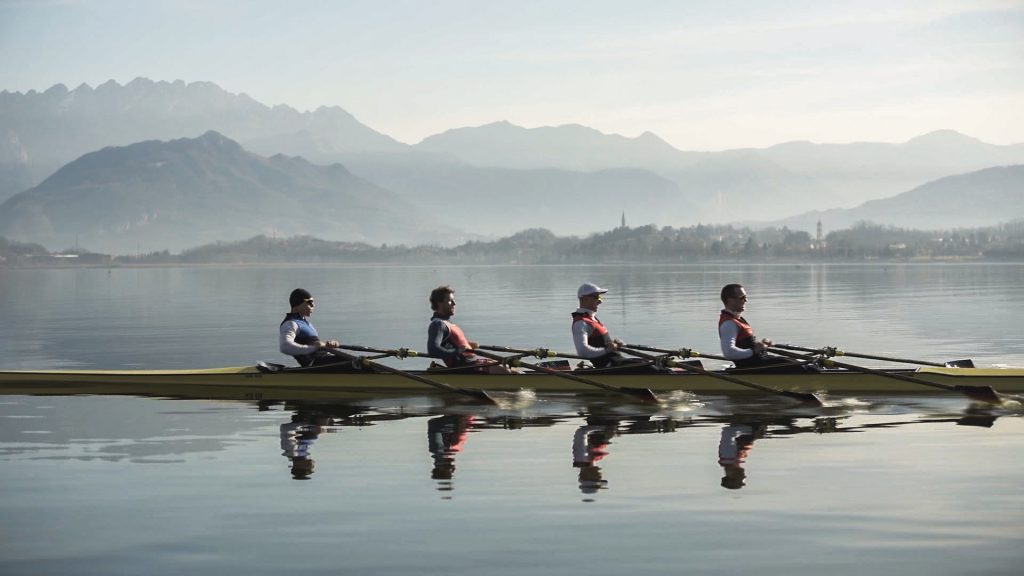
There are many ways to make a boat fast. Some bring their whole body power in, the others convince by a good boat feeling. Most important, however, is the will, because if you are not ready to go to your limits as a one-man single sculler, there is no other person in the boat to save you. For many athletes, this is the charm in it. This certainly applies to Oliver Zeidler, Tim Ole Naske and Stephan Krüger, the strongest single scullers in the national team. All of them want this single spot.

Trust and reliability are two crucial attributes of the Double Scull to achieve a perfect harmony between two individuals. But even in this boat class there is a clear division of roles between the strokeman and the bowman. The combination of Lars Hartig on stroke and Timo Piontek in the bow did quite well last season with the overall World Cup victory, however, with Stephan Riemekasten and Henrik Runge there are other competitors in wait.

The flagship of the German Skull national team is the doubles quad, who won Olympic gold in 2012 and 2016. In both victories Karl Schulze sat in in the bow whereas Hans Gruhne sat on strike in Rio in 2016. In the quad scull, it is all about strength and rhythm, which requires physiological strength. Although the quad scull only offers four seats, a lot more scullers compete for these free seats. Steinhardt, Syring, Appel, Hacker, von Warburg and of course Schulze and Gruhne – they all want a place in the most successful German boat.